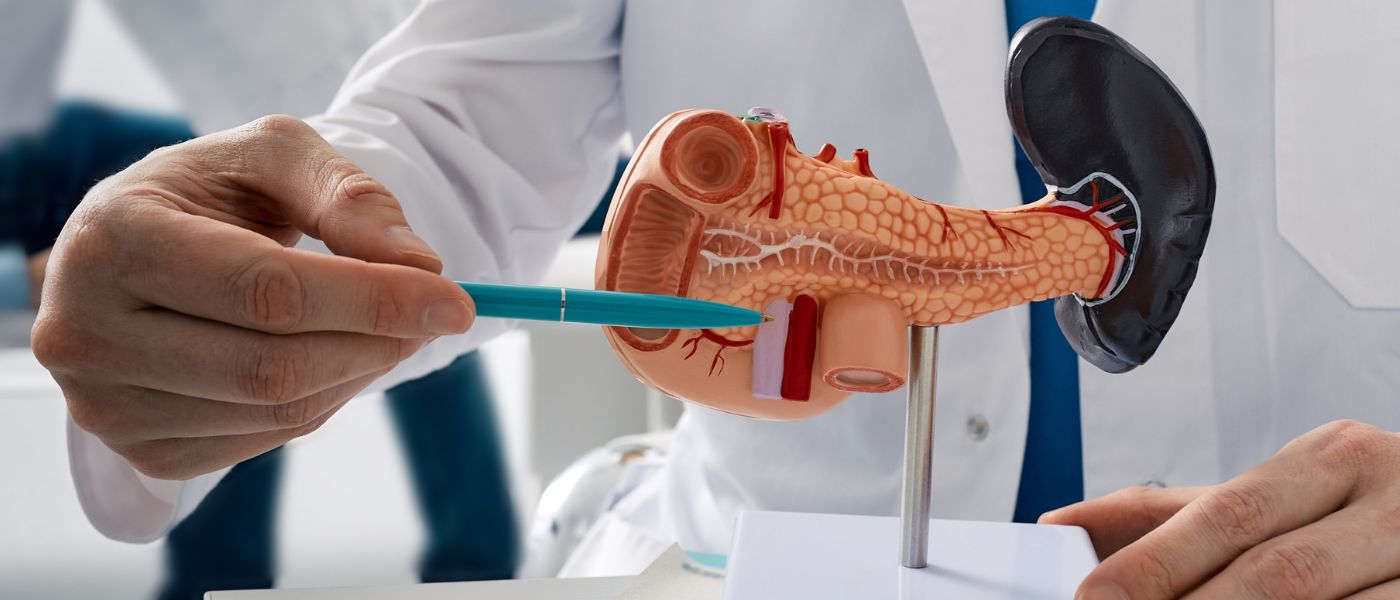Total Pancreatectomy
A total pancreatectomy combines the Whipple procedure and a distal pancreatectomy, which removes the entire pancreas. As in the Whipple procedure, the first part of the small intestine (duodenum) and the gallbladder are also removed. The spleen is expected to be removed during this procedure as well. After removing the tumor and the organs, the stomach and bile duct are reconnected to the remaining small intestine.
Patients whose pancreas is removed in its entirety will need insulin to control their blood sugar. Also, due to pancreatic insufficiency, they will require pancreatic enzymes, taken orally, to digest the food they consume correctly.
As with the Whipple procedure, stomach function may be temporarily compromised. Therefore, the hospital stay after surgery may require 7-10 days to ensure that stomach function returns to normal.
Total Pancreatectomy Statistics and Risks
Total pancreatectomy surgery requires 4 to 6 hours in the operating room and, due to its complexity, comes with risks and considerations, including:
- Bleeding, requiring a follow-up surgery
- Infection
- Potential for the leaking of pancreatic juice from the back of the gland. While not often dangerous, fluid can pool behind the stomach, causing inflammation and difficulty eating. This usually resolves itself but, in some cases, may require a temporary drain.
- Blood clots. Patients will take low-dose blood thinners throughout their stay at the hospital.
- Diabetes. About 10% of patients who had normal blood sugar levels before surgery will develop diabetes. Diet-controlled diabetics will have a higher chance of needing insulin after surgery. Almost all patients on oral hypoglycemic agents will need insulin to control their blood sugar.
Contact us to learn more about your pancreas health and pancreas surgery options.


